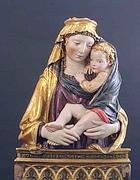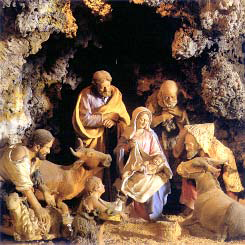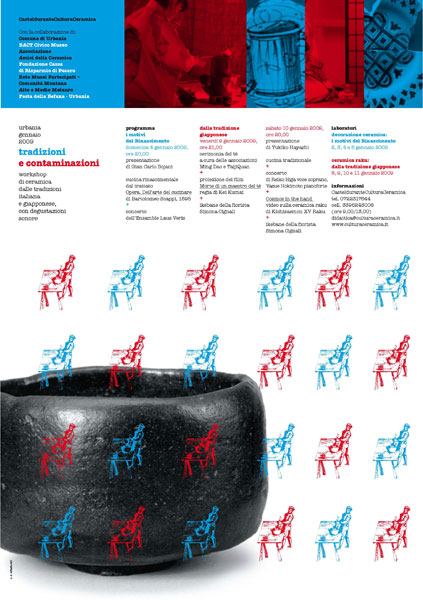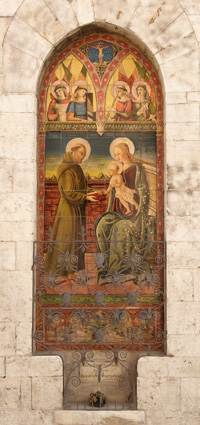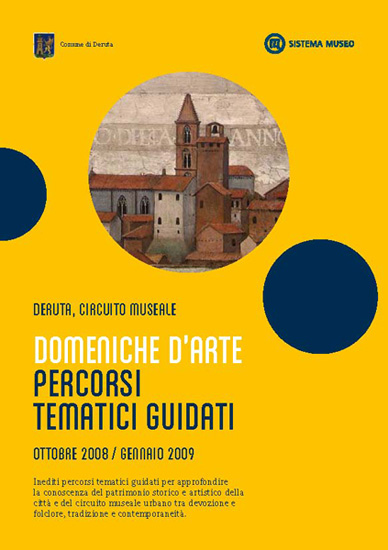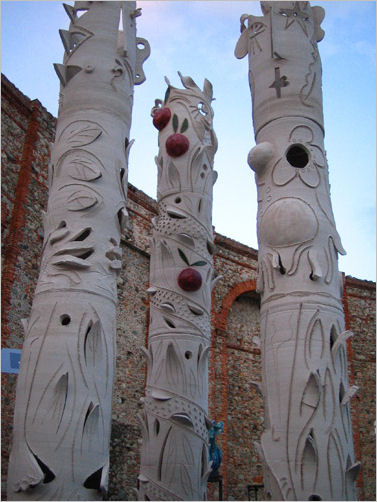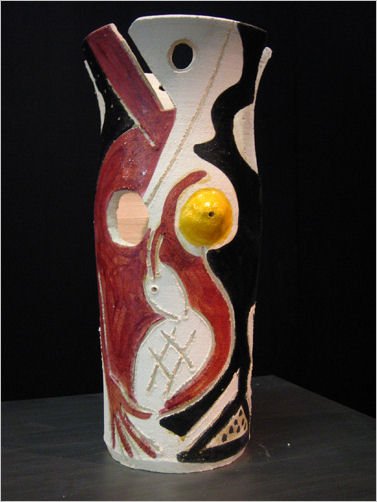Dec. 19, 2008 – Jan. 30, 2009
Baronissi – Italy
An extraordinary exhibition  has just been opened at the FRAC Baronissi – Regional Fund of Contemporary Art – that will feature the works of a new generation of artists who’ve chosen clay to express their Art.
has just been opened at the FRAC Baronissi – Regional Fund of Contemporary Art – that will feature the works of a new generation of artists who’ve chosen clay to express their Art.
Born in the Seventies and the Eighties, they represent what’s new in the technical and visual language of Italian ceramics. A unique initiative, indeed, since it builds on the differing Italian traditions – Deruta, Savona, Padova, Vietri, Faenza, Lucca, Urbino and Salerno among the others – and techniques, which include a number of experiments with contemporary images and materials.
In his introduction to the event the director of the FRAC Baronissi says that the exhibition features a carefully selected sample of the languages and the practices used in modern Italian ceramic art. These languages preserve the lively cells of the valuable Italian heritage while participating in the contemporary art experiences and blending clay with other materials and creative processes. Italian pottery is therefore a language among other languages, all of them having in common imagination, creativity and a contemporary spirit.

